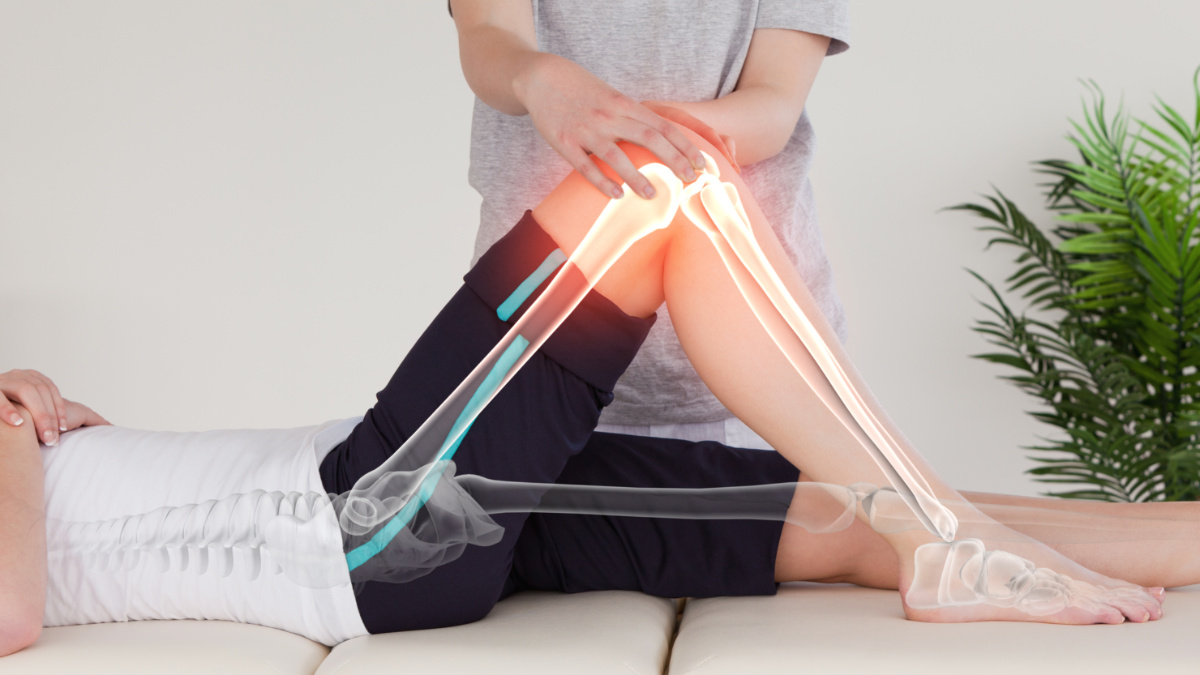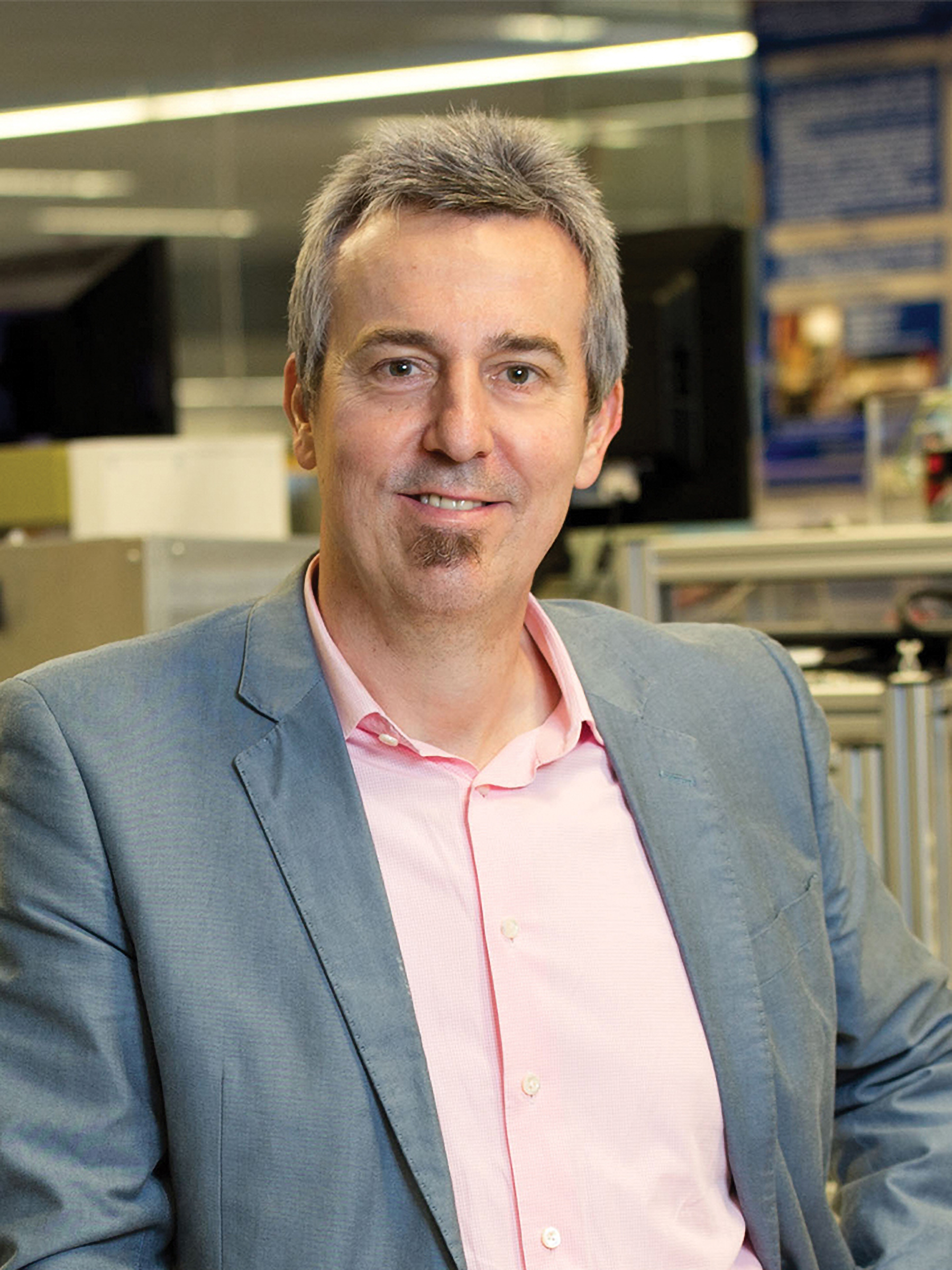Osteopore hard at work on the next generation of its 3D-printed bioresorbable implants with focus on the large orthopaedic market

Osteopore is working on the next generation of its ground-breaking implants which will capture up to 40-50% of operations to repair large bone defects. Image: Getty
Osteopore is working on the next generation of its ground-breaking implants which will capture up to 40-50% of operations to repair large bone defects.
Natural tissue regeneration specialist Osteopore (ASX:OSX) is working on future generations of its 3D printed bioresorbable implants as adoption rates increase, particularly for regeneration of large bone defects.
Osteopore listed on the ASX in 2019, but its history dates to 1996 when inventors from the National University of Singapore, National University Hospital and Temasek Polytechnic initiated research to identify suitable bioresorbable material, microarchitecture, and manufacturing techniques.
One of those inventors and founders is now Queensland University of Technology Distinguished Professor Dietmar W Hutmacher, considered a world leader in regenerative medicine.
“When I moved to Brisbane 14 years ago, I started the pre-clinical work to study the regeneration of very large bone defects by using the Osteopore scaffolds,” Hutmacher said.
“I have done more than 15 of these pre-clinical studies. With the data we generated, we work on convincing surgeons it would also work clinically.”
Osteopore now has a presence on every continent as it continues to drive uptake among surgeons worldwide and has been involved in several world-first operations involving its implants.

“It’s getting faster adoption because now we have a larger number of clinical cases and some of the case studies are published,” Hutmacher said.
“The surgeons read the publications and see that our scaffolds show very good results which gives them confidence to use them.”
Use on larger bones in the body
Osteopore’s scaffolds have been used successfully in cranial and maxillofacial surgeries, however it is also proving to be highly useful in orthopaedics, particularly in regenerating larger bones.
“Long bones such as the tibia, femur, humerus are under high load bearing and when there are large defects – either by trauma or, in most cases based on cancer – it’s difficult for surgeons to treat,” Hutmacher said.
He said Osteopore’s technology provides a solution with scaffolds being designed which are patient specific and able to be used either on their own or in combination with other surgical techniques.
What is currently designed as the gold standard is to take a bone transplant from the patient, but this has its drawbacks.
“It creates a second donor site morbidity and Osteopore reduces this need,” he said.
Reducing post-surgery complications
A major advantage of Osteopore’s implants is reducing post-surgical complications and improving long-term patient outcomes.
Complex bone surgeries are currently undertaken with open reduction and internal fixation (ORIF), involving special screws, plates, wires, or nails to position bones correctly so they don’t heal abnormally.
However, with Osteopore’s technology, a combination of microstructure on the device as well as it being 3D-printed allows for infiltration of cells and blood vessels to the point where bone can regrow.
“The scaffolds will have an impact on health economics because the better and quicker the bone defects heal, the less medical costs will be put onto the system,” Prof Hutmacher said.
“The patient gets back to work and their lives faster, and can continue to contribute to their family and society.”
Looking towards future growth
Professor Hutmacher said the company is working to see more of its scaffolds being used to treat defects in large bones.
“The estimations are that there will be more than 1 million of these large bone defects per year, so the goal of Osteopore is to capture at least 30% to 50% of that market,” he said.
“We already have generation two, three and four in the pipeline, and we will continue to research to improve outcomes even more.”
He said generation two will soon be on the market, with research being undertaken into generation three and four.
“What we plan to do is fuel the product pipeline over the coming years with one innovation after the other,” he said.
“It’s an interdisciplinary approach, with a large amount of research performed at QUT in Brisbane – but we collaborate with colleagues and clinicians in Singapore, Europe and the United States.
“A large number of my PhD students are now orthopaedic surgeons in Germany, so we have a collaborative network around the globe.”
This article was developed in collaboration with Osteopore, a Stockhead advertiser at the time of publishing.
This article does not constitute financial product advice. You should consider obtaining independent advice before making any financial decisions.
This article was also published in The Australian.
Related Topics

UNLOCK INSIGHTS
Discover the untold stories of emerging ASX stocks.
Daily news and expert analysis, it's free to subscribe.
By proceeding, you confirm you understand that we handle personal information in accordance with our Privacy Policy.








